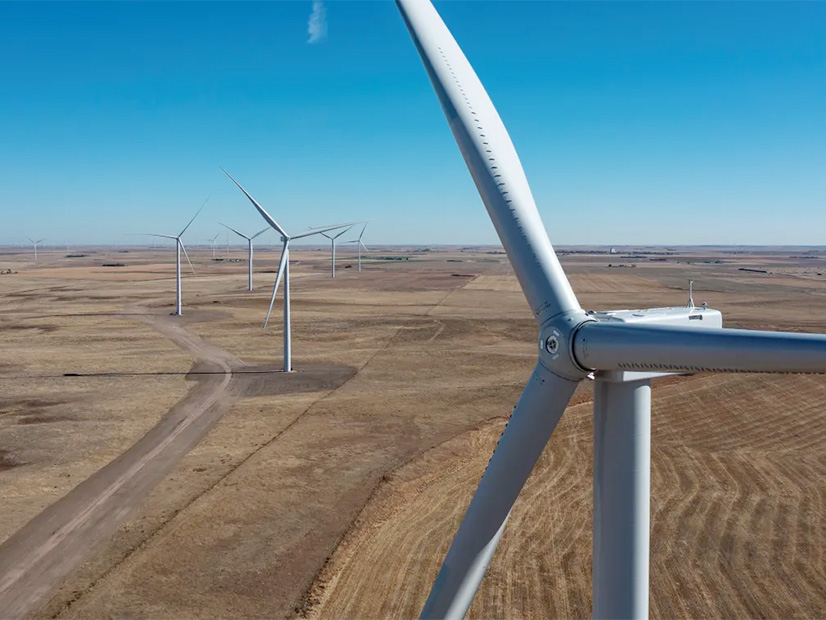CARMEL, Ind. — MISO said it expects to roll out a new flag system by June 2025 to give a stronger indication when generation owners are deviating from dispatch instructions.
MISO said there’s an “increasing difference in magnitude” between modeled flows in its dispatch system and actual flows, resulting in system operating limit violations, balancing issues and frequency deviations. The RTO said unchecked energy flows are causing operators increasingly to take out-of-market actions, causing MISO to stray from its market design principles.
During a Nov. 14 Reliability Subcommittee meeting, John Harmon said uninstructed deviation creates a stressful environment for MISO’s operators “to keep the grid alive.”
The flag will let operators know more clearly when their resources are disregarding MISO’s dispatch instructions. The new system will require software changes to the unit dispatch system. In addition to the flag, the RTO also plans eventually to levy penalties in market settlements for generation that ignores dispatch instructions. Harmon said MISO will introduce penalties only when it has the flag system in place.
MISO has said instances of uninstructed deviation now are worse than before the RTO introduced rules in 2019 to rein them in.
Harmon said the point of the effort is to “improve communication” when MISO issues dispatch down instructions to intermittent resources, namely wind and solar.
He said some resources tend to ignore MISO’s setpoint instructions, leading to challenges for reliability coordinators and balancing authorities and operator action to avoid transmission overloads.
“We’re counting on resources to follow instructions to manage reliability,” Harmon said. He joked that operators must monitor their blood pressure in addition to transmission constraints.
While delivering an operations report during a July 9 Market Subcommittee, Independent Market Monitor David Patton again zeroed in on his concern over congestion caused by wind resources. He said wind operators seemingly either continue to ignore dispatch instructions or are unaware that they should tamp down output to avoid exacerbating constraints. He also said the RTO should improve the accuracy of its wind forecasting. (See “IMM Says MISO Should Rein in Renewable Operators,” MISO: Calm Spring no Indication of Expected Summer Challenges.)
IMM’s Carrie Milton told executives at MISO’s June Board Week that the dispatch model is flawed because it always assumes wind operators are following setpoint instructions. She said wind units either ignore curtailment instructions or receive flawed wind forecasts from the RTO, leading to excessive, unmodeled flows.
At the time, Milton repeated the IMM’s recommendation that MISO develop a flag to let wind operators unmistakably know that there are nearby constraints and that they need to back down as MISO has instructed. She said MISO also should introduce penalties when renewable operators ignore instructions to curtail.
“We need to have some sort of financial incentive to nudge renewables to follow their setpoint,” Milton said. She said the system is going to become more challenging and dynamic, and resources need to help MISO operators reduce manual actions to keep the system reliable.



